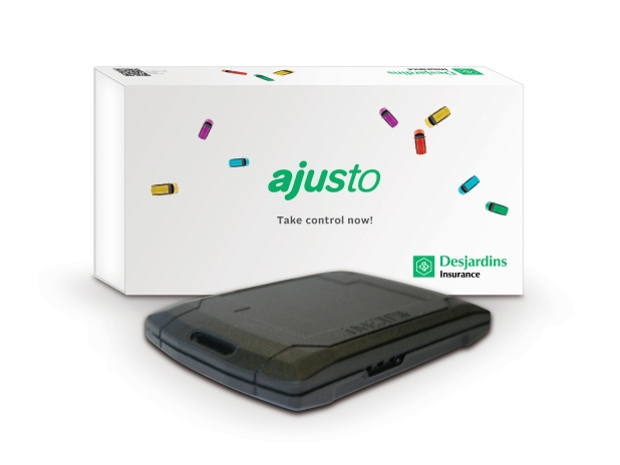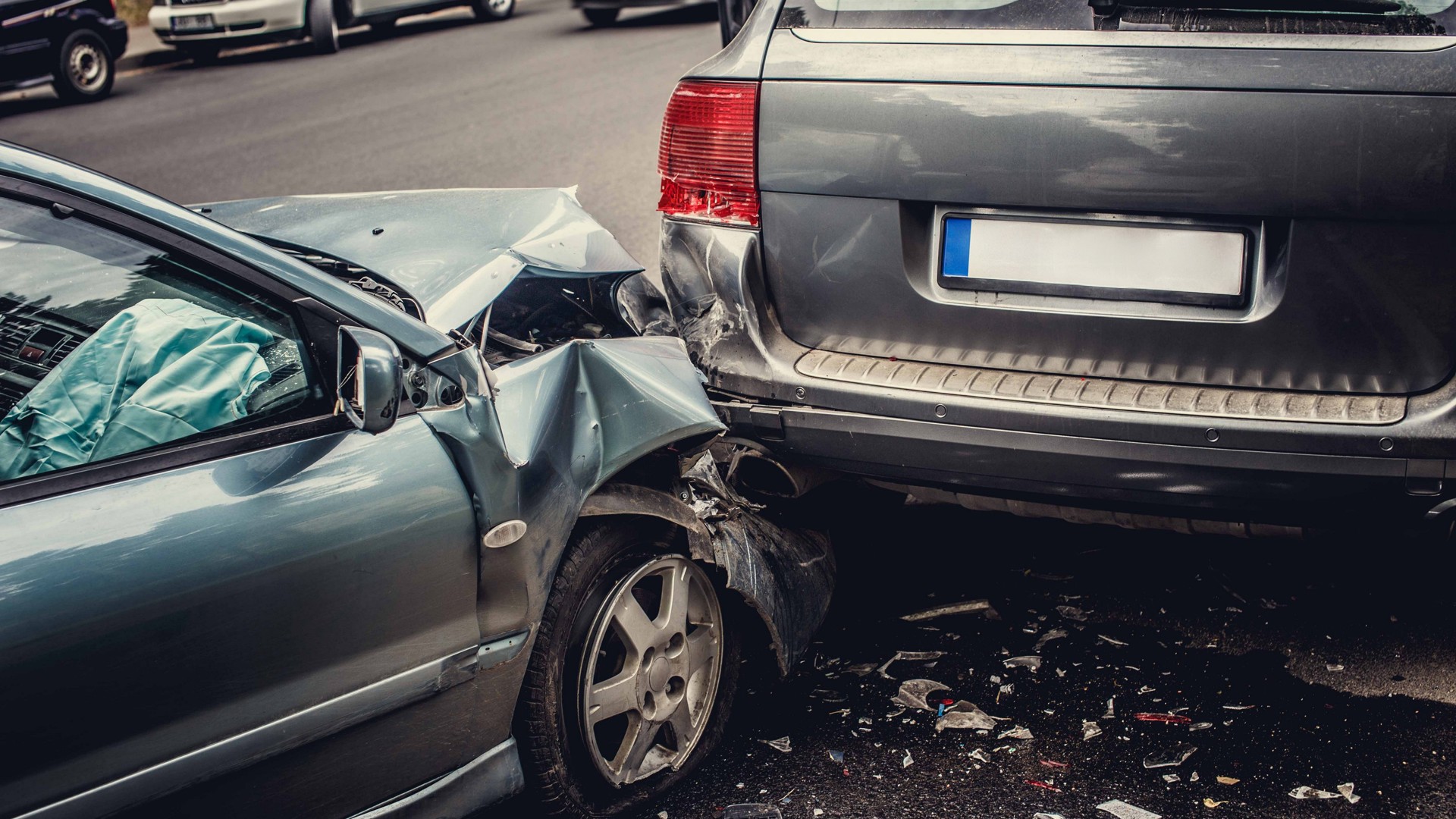Originally published on January 27, 2017; updated December 16, 2021.
Aside from buying the car itself, insurance is one of the most significant costs involved in owning a vehicle and keeping it on the road. You can't avoid insurance altogether, but there are ways to control what you pay. Here are a few easy ways to do that.
Invite Big Brother along for the ride

The Insurance Bureau of Canada (IBC) says the first telematics-based car insurance program began in 2013. Using a small device that plugged into a vehicle's diagnostics port that monitored your distance driven, time of day and your driving style (based on acceleration and braking) the insurance provider would adjust your insurance rates.
Some insurers still do things that way, while other Canadian companies (like Desjardins and State Farm) have moved to smartphone apps drivers can use to save on their insurance. If you do a lot of "enthusiastic" accleration, braking and cornering, or put a lot of kilometres on your car in a year, the opportunity to save diminishes, so these programs favour cautious, laid-back drivers who don't spend a ton of time behind the wheel. The IBC says a 2012 survey of Ontario drivers found the concept of telematics-based savings was most popular among drivers who do less than 10,000 km per year.
Get winter tires

The use of winter tires continues to be a controversial topic among Canadian motorists. While many have embraced the added traction snow tires provide, significant numbers of drivers in places like southern Ontario bristle at the mention of making their use mandatory, as Quebec did in 2008; it remains the only Canadian jurisdiction to mandate winter tire use.
Most insurers will give you a break of about five percent if you fit your car with winter rubber. The actual discount varies according to the province in which the vehicle is registered, and the discount is usually contingent on the use of winter tires for a specified period of time every year, usually something similar to Quebec's December 1 through March 15 requirement.
Opt for a higher deductible

As with so many things in life, you get what you pay for. But if you consider yourself a safe driver unlikely to be involved in a crash, you can save a few bucks on your premiums by choosing a policy with a higher deductible. That's the amount you'll be on the hook for if you make a claim against your policy, and because it means the insurer will have to pay less to fix your car, they'll cut you a break on what you pay for your coverage.
Safe driver? Older car? Choose lower liability and collision coverages

Every Canadian province requires drivers to carry third-party liability insurance, the portion of your policy that covers you in the event of a lawsuit brought by a driver injured in a crash that's your fault. The minimum in most jurisdictions being $200,000, according to the IBC. The exceptions are Quebec and Nova Scotia. La Belle Province doesn't allow lawsuits for injuries sustained in car crashes, so their third-party minimum is $50,000. Nova Scotia has the highest required third-party coverage, at $500,000. Still, many policies automatically come with $1,000,000 in liability coverage, but you often do have a choice as far as other elements of coverage are concerned.
Manitoba is the only Canadian jurisdiction that requires you to purchase coverage for damage to your own car as a result of a collision. So if you live any any of the other 12 provinces or territories and you drive an older car you feel isn't worth fixing if it gets cracked up, leave collision coverage off your policy to save a few bucks.
Get schooled

Experience counts for a lot in the eyes of auto insurers, and generally, the less of it you have the more your policy could cost (assuming a clean driving record). For a new driver, taking driving lessons from a school approved by your province or territory's ministry of transportation can help cut premiums on your first insurance policy. If you're a young driver considering buying your first car and you still live at home, talk to your parents' insurer, as many offer discounts for putting multiple vehicles on the same policy.

